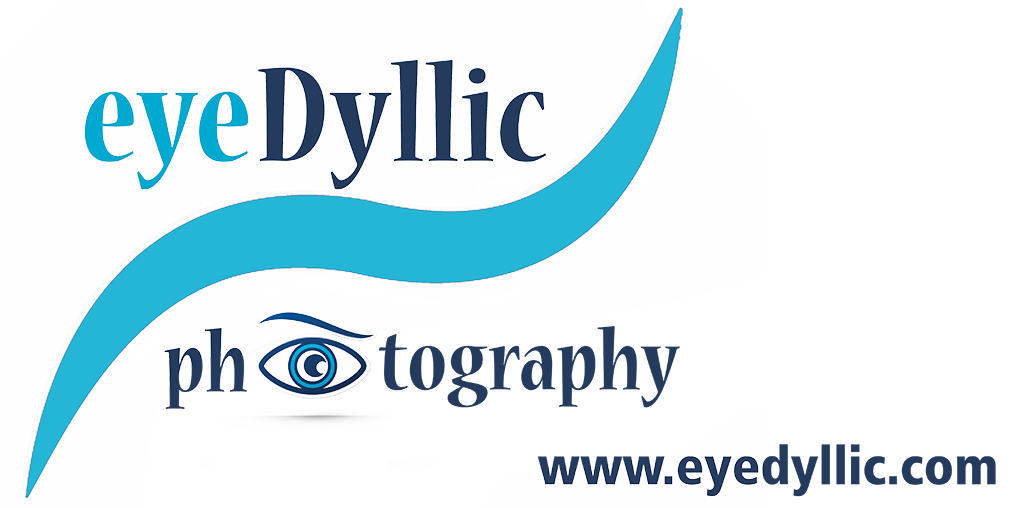.. when they DO make them like they used to...... and.. the Nikon D4. I don't understand.
/
I suppose the exception to the "They don't make them like they used to" rule would be restorations. I really admire the craftsmanship and detail that goes into restoring classic cars, antique pieces of americana, etc. American Restoration has become one of my favorite shows.
Sidebar. The D4. Can someone 'splain something to me?
I'm going to show my ignorance on professional photography, camera science and many other things here, for a second. So, the D4 was announced last night... everyone seems stoked about this $6k shooter. <a href="http://nikonrumors.com" rel="nofollow">nikonrumors.com</a> has some great coverage on it. As does, The Verge.
K, so I undersand the allure of speed. And I'm sure it is an engineering feat to get the little mirror to flip up and down 11 times a second. bravo, smart guys at Nikon. 16.whatever megapixels is huge by wide and can print huge prints. Full frame is awesome, though coupled with 16.whatever megapixels, I'd argue a "pixel density" issue but whatever.
The thing I don't get... is ISO. Everyone seems thrilled about a camera that will shoot a 1 billion ISO or whatever. I've never shot with a top-end Nikon, so maybe someone could drop the knowledge on me why ISO 16 bazillion is a good thing? My frame of reference, is that I'm a guy that takes pictures of still things in good light or in bad light with a tripod and can't stand an ISO 6400 shot of my daughter because her eyes look like a drunk Picasso with all of the little jaggy noise fragments. And noise reduction... helps.. but doesn't make it look much better.
I'd prefer to take a thousand pictures of her at the lowest ISO rating possible and pray they turned out okay.
So,... to the question... do the higher ISO images coming out of these super-expensive cameras look that much better than those coming from their Best Buy available Nikon cousins?
...or are people just paying through the nose for full frame, super-fast shutter, buffer..?

